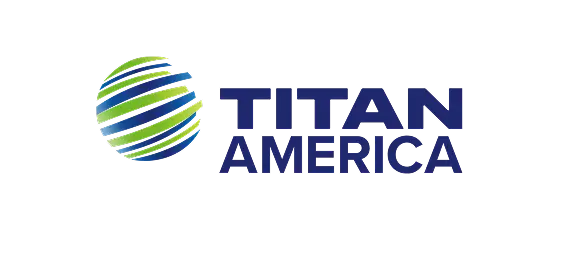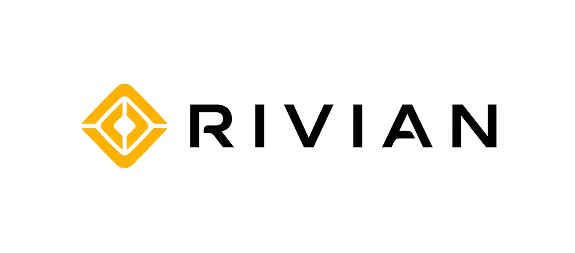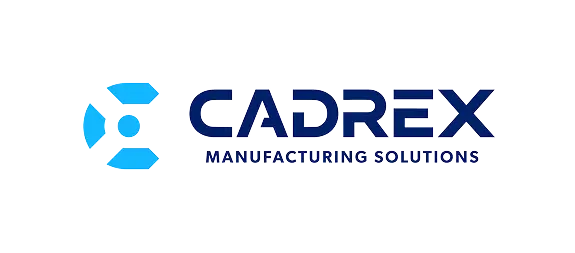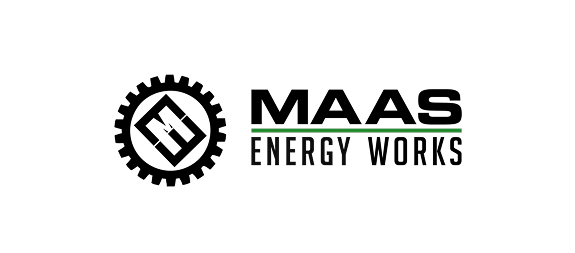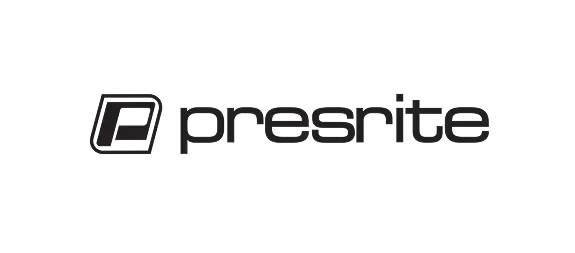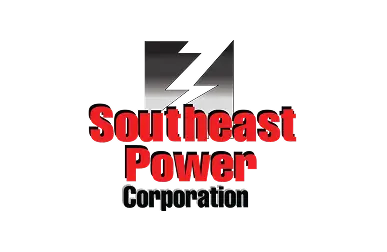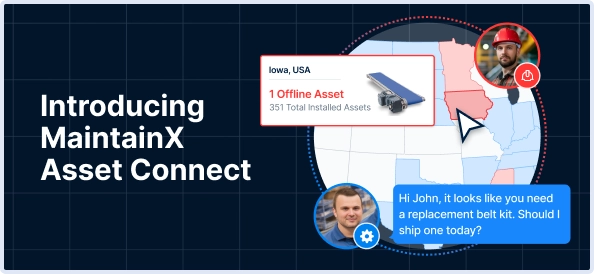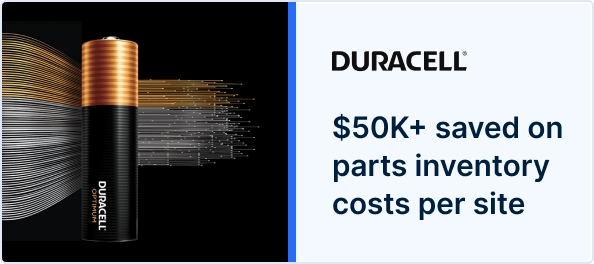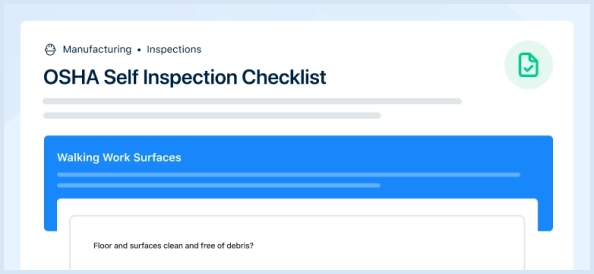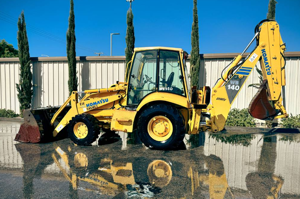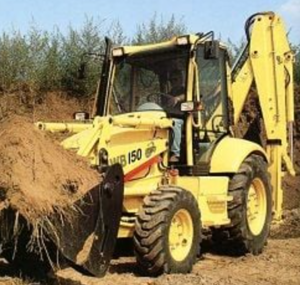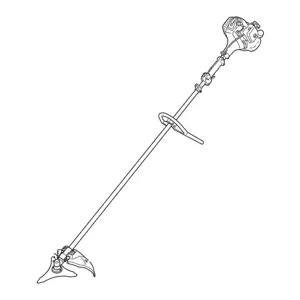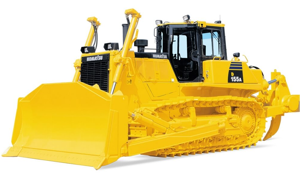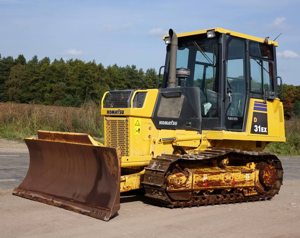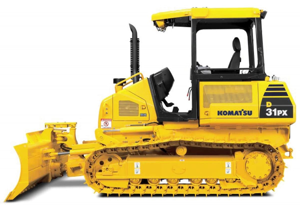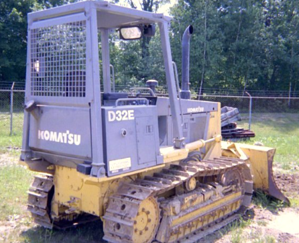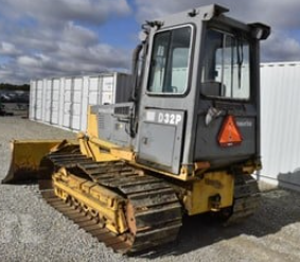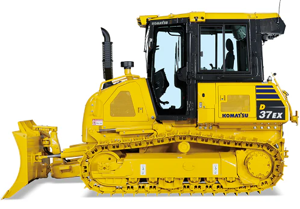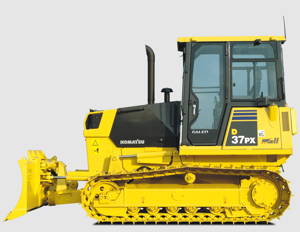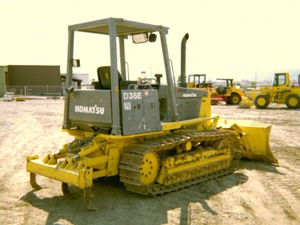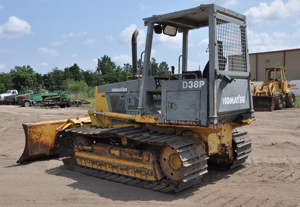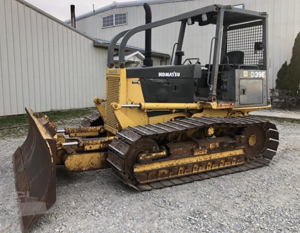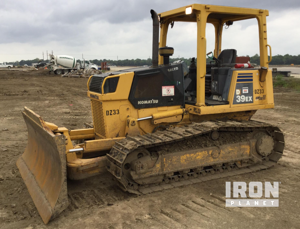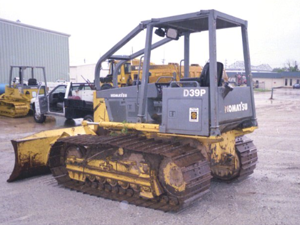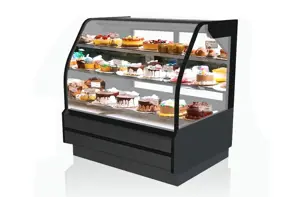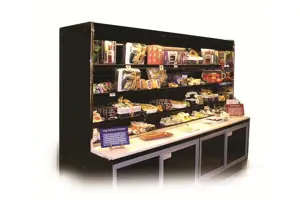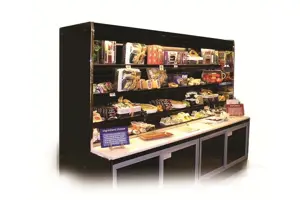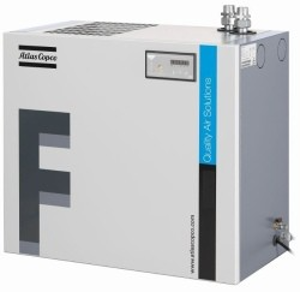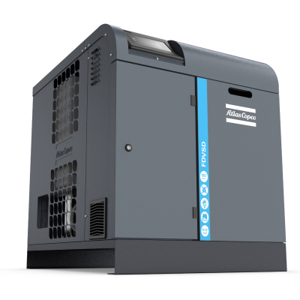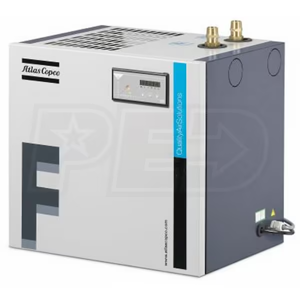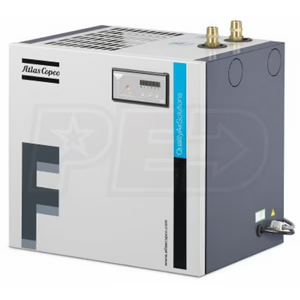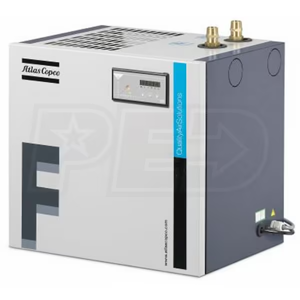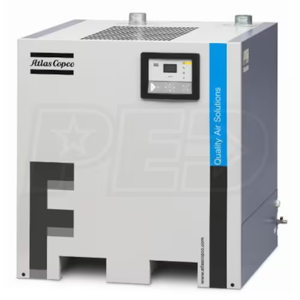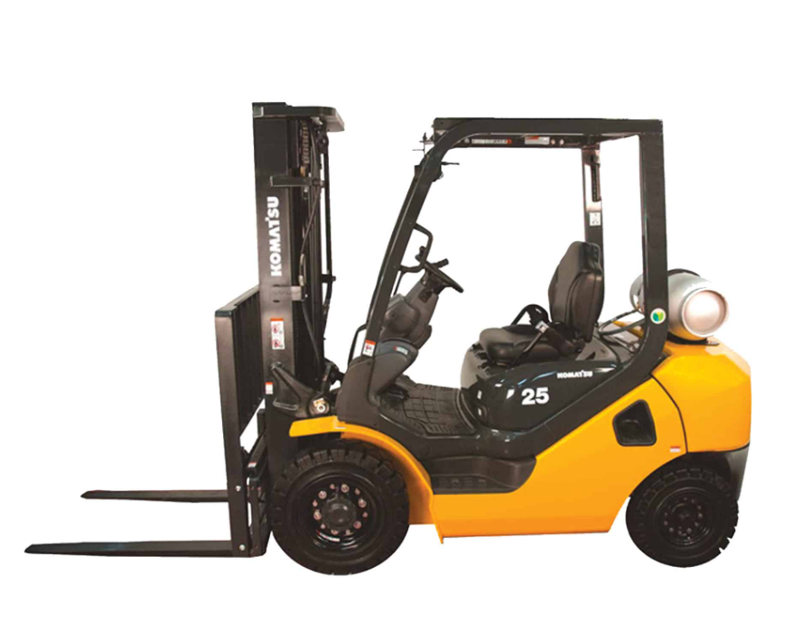

The Komatsu Forklift Truck FG28HT-16 is a robust industrial asset designed for heavy lifting and material handling. Known for its reliability and efficiency, this forklift model is ideal for various warehouse and construction applications, ensuring optimal performance in demanding environments.
Turn manuals into instant answers
with your AI-powered assistantTurn manuals into instant answers
with your AI-powered assistant
Manual for Komatsu Forklift Trucks FG28HT-16
Complete asset maintenance, one click away
Get instant access to all the maintenance information you need. Empower technicians to perform preventive maintenance with asset packages, ready to use right out of the box.
Documents & Manuals
Find all the essential guides in one place.
Tensioning Guide
Belt-diagram
C-120 pulleys
+ 13 more
Work Order Templates
Pre-built workflows to keep your asset running smoothly.
Daily Electrical System Inspection
Replace Roller and Pulley
Install Engine B-120
+ 29 more
Procedures
Integrate maintenance plans directly into your work orders.
Motion Industries
Applied Industrial Technologies
Electrical Brothers
+ 5 more
Parts
Access the parts list for your equipment in MaintainX.
Drive Motor
B2 Rollers
Tensioning System
+ 40 more

Komatsu Forklift Trucks FG28HT-16
Create an account to install this asset package.
Maintenance Plans for Komatsu Forklift Trucks Model FG28HT-16
Integrate maintenance plans directly into your work orders in MaintainX.
Carriage Inspection
12. MASTS E-MS SERIES LIMITED FREE LIFT 2-STAGE MAST
1. Inspect the rollers for excessive wear or damage. Rollers with visible flat spots or cracks should be re- placed.
2. Inspect the roller bearings by turning the rollers on their shafts. Rollers with roughness or noticeable restrictions to turning should be replaced.
3. Inspect all welds between the carriage side plates and the carriage fork bars. If any welds are cracked, replace the carriage.
4. Inspect the roller stub shafts. If they are damaged or if there are cracks at the base of the stub shafts, the carriage must be replaced or repaired. Contact Komatsu Forklift for repair procedures.
E-MD SERIES FULL FREE LIFT 2-STAGE MAST
1. Inspect the rollers for excessive wear or damage. Rollers with visible flat spots or cracks should be replaced.
2. Inspect the roller bearings by turning the rollers on their shafts. Rollers with roughness or noticeable restrictions to turning should be replaced.
3. Inspect all welds between the carriage side plates and the carriagefork bars. If any welds are cracked, replace the carriage.
Upright Inspection
12. MASTS E-MS SERIES LIMITED FREE LIFT 2-STAGE MAST
1. Inspect the load rollers for excessive wear or damage. Rollers with visible flat spots or cracks should be replaced. See Figure 25a.
2. Inspect the load roller bearings by turning the rollers on their shafts. Rollers with roughness or noticeable restrictions to turning should be replaced.
3. Inspect the load roller stub shafts. If they are damaged or have cracks at the base, the upright mast must be re- placed or repaired.
4. Inspect the outer upright thrust plugs. If the wear surface is worn to less than 1/16 in. (1.5 mm), they should be replaced.
5. Inspect the hoist chains as described in Section 5.6-1.
E-MD SERIES FULL FREE LIFT 2-STAGE MAST
1. Inspect the load rollers for excessive wear or damage. Rollers with visible flat spots or cracks should be replaced. See Figure 39.
2. Inspect the load roller bearings by turning the rollers on their shafts. Rollers with roughness or noticeable restrictions to turning should be replaced.
Chains Maintenance
12. MASTS E-MS SERIES LIMITED FREE LIFT 2-STAGE MAST
Chains Inspection and Tension
Each pair of chains has been factory-lubricated using heat and pressure to force the lubricant thoroughly into the chain links. Avoid removal or contamination of this factory applied lubricant. Do not wash, sand blast, etch, steam clean, or paint the chains on initial mast installation.
The chains must be adjusted with equal tension to ensure proper load distribution and mast operation. To determine equal tension, extend the unloaded mast to put the chains under tension. Press the center of a strand of chain with your thumb, then press at the same place on the other chain of the pair. Each chain in a pair should have equal
“give”. If tension is not equal, adjust the chains as de- scribed in Chain Adjustment.
Inspect the chains. If inspection reveals that one strand of a pair of chains requires replacement, both strands of the pair should be replaced.
*Check for rust and corrosion.
*Check for cracked side plates. If you find cracked side plates, replace both strands of chain.
*Check for tight joints. If tight joints are caused by rust or corrosion, loosen them with SAE 40 wt. oil or penetrating oil. If they cannot be loosened, or if the tight joints are caused by bent pins or plates or by peened plate edge, replace both strands of the chain.
Engine Maintenance
4.2 PERIODIC INSPECTION AND MAINTENANCE CHECK POINTS
4.2.1 ENGINE START, NOISE
Position F/R lever in neutral, pull the parking brake lever down, and start the engine to check the following:
1. Check engine for smooth starting
2. Check engine for abnormal noise
3. Check pre-heating valve for proper functioning
4. Check acceleration pedal and control levers for smooth functioning
4.2.2 ENGINE REVOLUTION, EXHAUST EMISSION COLOR
Press accelerator pedal to check the following:
Steering System Maintenance
Warning: This maintenance check requires trained personnel with PPE!
Check for deformation, cracks or scratches in the rear axle
Check for play of center pin in the rear axle
Check for clearance of thrust in the rear axle
Check for looseness of cap mounting bolt in the rear axle
Check for shaking, pulling or dragging in the steering wheel
Check for steering force (Control force) in the steering wheel
Check for play at engine idle in the steering wheel
Check for interference between wheel and other part of truck in the steering wheel
Parts for Komatsu Forklift Trucks FG28HT-16
Access the parts list for your equipment in MaintainX.
Shim
200524
Shim .031 in. (.79 mm)
205199
Shim .062 in. (1.57 mm)
205196
Shim .092 in. (2.36 mm)
205197
Shim .010 in. (.25 mm)
205198
Shim
200524
Shim .031 in. (.79 mm)
205199
Shim .062 in. (1.57 mm)
205196
Shim .092 in. (2.36 mm)
205197
Shim .010 in. (.25 mm)
205198
Shim
200524
Shim .031 in. (.79 mm)
205199
Shim .062 in. (1.57 mm)
205196
Shim .092 in. (2.36 mm)
205197
Shim .010 in. (.25 mm)
205198
Unlock efficiency
with MaintainX CoPilot
MaintainX CoPilot is your expert colleague, on call 24/7, helping your team find the answers they need to keep equipment running.
Reduce Unplanned Downtime
Ensure your team follows consistent procedures to minimize equipment failures and costly delays.
Maximize Asset Availability
Keep your assets running longer and more reliably, with standardized maintenance workflows from OEM manuals.
Lower Maintenance Costs
Turn any technician into an expert to streamline operations, maintain more assets, and reduce overall costs.
Thousands of companies manage their assets with MaintainX
